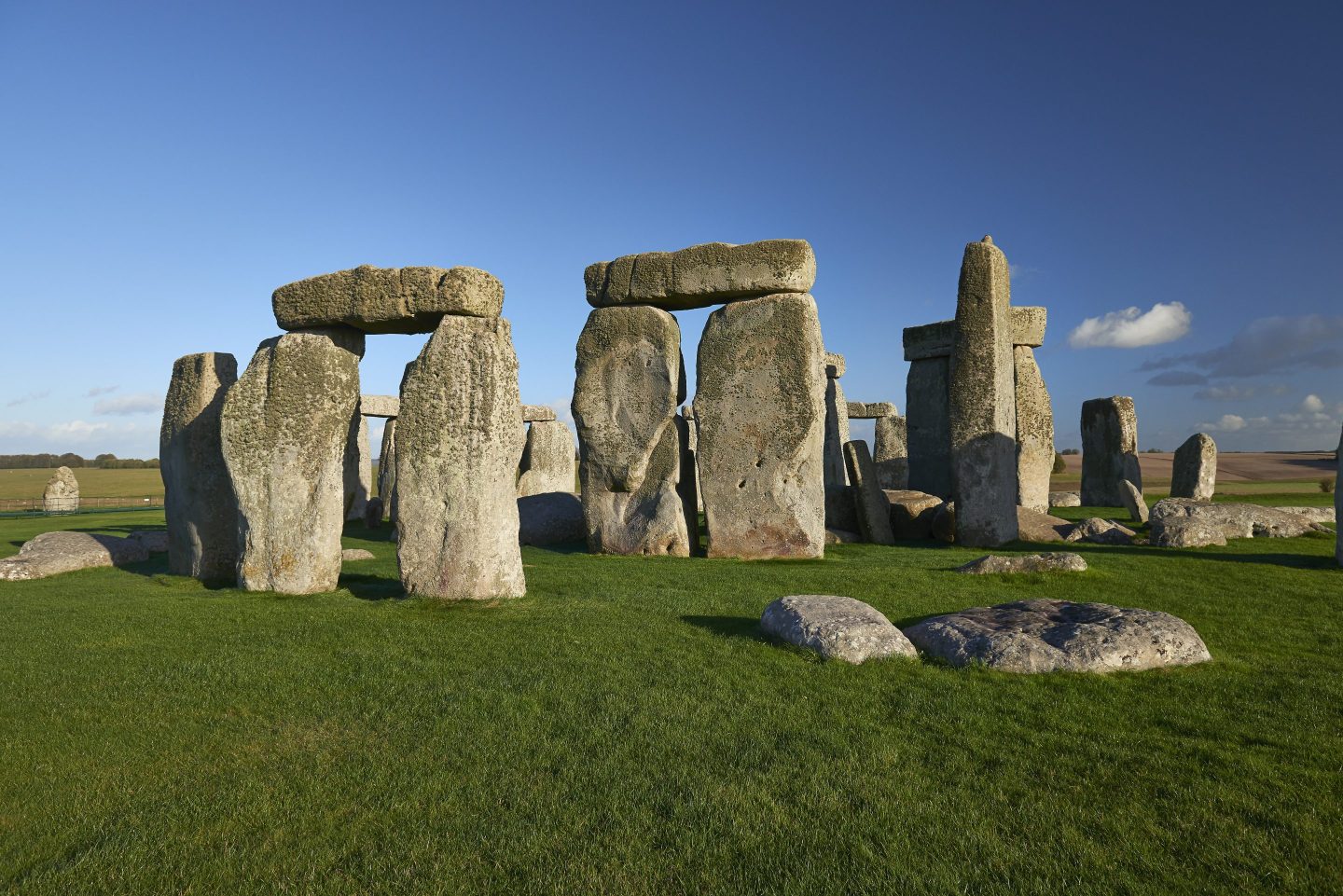Stonehenge, one of the world’s most iconic and mysterious monuments, has fascinated historians, archaeologists, and the general public for centuries. While much about its purpose and construction remains elusive, recent scientific studies suggest that Stonehenge was rebuilt thousands of years ago for reasons that are now becoming clearer. Researchers believe they have uncovered key clues that explain why ancient peoples chose to reconstruct this megalithic structure, making it a pivotal site in the history of human civilization.
The Rebuilding of Stonehenge: What We Know So Far
Stonehenge, located in Wiltshire, England, was constructed in stages, with its first stone circle erected around 3000 BCE. The structure, comprising massive stones arranged in a circular formation, has long been the subject of speculation. Over the millennia, it underwent multiple phases of construction, destruction, and rebuilding. Today, it stands as a testament to prehistoric engineering, yet the reasons behind its reconstruction remain a source of mystery.
Recent research has focused on understanding why the site was rebuilt in the early Bronze Age, around 1600 BCE, long after the original construction. According to new findings, this rebuilding was likely prompted by a combination of social, religious, and possibly political factors that reflected the changing dynamics of prehistoric societies.
Why Was Stonehenge Rebuilt? Scientists’ New Theory
After years of investigation, archaeologists have proposed a compelling theory as to why Stonehenge was rebuilt. They suggest that the reconstruction was part of a larger effort to reaffirm its cultural and spiritual significance. The people who rebuilt the monument may have sought to honor their ancestors and preserve a connection to the past.
During the late Neolithic and early Bronze Age, societal shifts in Britain were profound. New groups, potentially with different religious beliefs and practices, began to assert themselves. The rebuilding of Stonehenge could have been a symbolic gesture aimed at unifying these diverse groups around a shared heritage. By maintaining and reconstructing such an important site, ancient communities could have reinforced social cohesion and cultural continuity, as well as asserting control over the land and its resources.
Some scholars also believe that the reconstruction was driven by the desire to maintain the monument’s role as a key location for ritual and ceremonial activities. Stonehenge, with its alignment to the sun and its use in prehistoric astronomy, could have been central to religious practices. The rebuilding may have been an attempt to preserve these spiritual functions as society transitioned into a new era.
A Shift in Religious and Social Practices
The early Bronze Age was marked by a transformation in religious and social practices. As people shifted from a predominantly agrarian society to one that embraced more complex technologies and hierarchical social structures, ancient monuments like Stonehenge might have gained greater importance as symbols of power and continuity. The rebuilding of Stonehenge could have reflected this shift in worldview—an attempt to solidify a connection with the gods or celestial forces through monumental architecture.
Research suggests that Stonehenge was more than just a physical structure; it was likely a focal point for ceremonial and religious activities. The alignment of the stones with celestial events, such as the solstices, may have played a key role in the rituals that took place at the site. The reconstruction could have been part of an effort to maintain these important spiritual functions, ensuring that the site continued to serve its intended purpose for generations to come.
Archaeological Evidence Supports the Theory
New archaeological findings have provided strong support for the theory that Stonehenge was rebuilt to reinforce its religious and social importance. Excavations around the site have uncovered evidence of new rituals and activities that coincide with the rebuilding period, including the construction of new burial mounds and the introduction of new ceremonial practices.
Moreover, studies of the stones themselves reveal that several of the stones used in the rebuilding were sourced from distant locations, suggesting that the reconstruction was a major effort that involved multiple communities. This might indicate that the rebuilding was not just a local project but a regional endeavor that united different groups in a shared effort.
Additionally, recent carbon dating of materials found near the monument has shown that the rebuilding coincided with significant changes in the region’s population and social structure. The shift in cultural practices and the influx of new groups may have necessitated a physical and symbolic reconnection with the past, leading to the decision to rebuild Stonehenge as a monumental symbol of unity and continuity.
The Lasting Legacy of Stonehenge
The rebuilding of Stonehenge around 1600 BCE marks a pivotal moment in the history of the monument and the people who constructed it. While the exact motivations behind the reconstruction remain a matter of debate, the new scientific theories provide a clearer picture of how and why the monument remained central to prehistoric life. Whether as a religious center, a symbol of power, or a focal point for social cohesion, Stonehenge continues to stand as a testament to human ingenuity and the deep desire to connect with the past.
As scientists continue to uncover more about the history of Stonehenge, one thing remains clear: its legacy endures. The monument’s mysterious origins and its role in the lives of ancient peoples continue to captivate and inspire people worldwide, making it one of the most important archaeological sites in the world.











Leave a Reply